Speaking at the workshop "QR Code Payment: Transparency and Unlimited Experience" organized by Vietnam Economic Magazine (VnEconomy) on the afternoon of November 19, Mr. Pham Tien Dung, Deputy Governor of the State Bank, said that payment for goods and services in Vietnam such as a cup of tea, a bunch of vegetables... can all use QR codes.
Buyers only use their smartphones to scan the seller's QR code to pay easily and quickly. "The essence of QR is still transferring money between two accounts, but it is convenient because just scanning will give you the information, without having to re-type the recipient's account number. Therefore, QR is faster, but does not mean it is more transparent," he said.
QR money transfer only encodes the account number for the buyer to transfer money as usual, while QR payment contains information of the seller and transaction, allowing for more transparent accounting and revenue management.
According to him, the issue of QR payment needs to be viewed from the perspective of the sales unit. To operate effectively, businesses must have a complete system from technology, import - export, delivery, invoice issuance to payment. Only then can the collected money be automatically accounted for in the accounting software. Therefore, implementing QR payment is not simple, but if done well, it will help sales units reduce a lot of time and workload.
Mr. Pham Tien Dung emphasized that not everyone who uses cash or QR transfers is evading taxes, and not everyone who uses QR payments has paid enough taxes. QR payments only solve the money transfer and account recognition steps; whether or not the recording is automatic in financial reports depends on the ability to connect the sales system and the accounting system.

Mr. Pham Tien Dung, Deputy Governor of the State Bank (Photo: VnEconomy).
Pointing out a number of problems in the process of implementing payment via QR Code in recent times, Mr. Pham Anh Tuan - Director of the Payment Department (State Bank) - said that the process of implementing payment via QR Code in recent times has had many problems.
It is a common practice that many sales units still use personal QR codes to receive payment for goods and services. This form is popular because it is quick, convenient, free of charge and does not require signing a contract. However, this is a major limitation in transaction management and transparency.
He also pointed out the lack of coordination between QR Code brand issuers. The lack of close cooperation to ensure interoperability sometimes makes QR payments between systems inconvenient, directly affecting the customer experience.
Cross-border payment services have been implemented in cooperation with a number of countries such as Thailand, Laos, and Cambodia, however the number of transactions is not much, not commensurate with market demand.
In order to overcome the existing problems, Mr. Pham Anh Tuan proposed some orientations in the coming time.
Firstly, payment service providers/payment intermediaries need to focus on expanding the network of payment acceptance units to meet the increasing needs of people and businesses; have measures to encourage payment acceptance units to use QR Code for payment instead of QR Code for money transfer.
The second is to strengthen payment cooperation between different QR Code providers to bring payment convenience to customers.
The third is to aim to deploy connections with China, South Korea, Singapore, India, Taiwan (China), Malaysia...
Fourth is to increase communication so that customers know about the service, and increase training for employees at payment acceptance units to ensure that customers can identify and properly use bilateral retail payment services via QR Code.
Regarding non-cash payment activities, Mr. Pham Anh Tuan, Director of the Payment Department (State Bank), said that in the first 9 months of the year, there were 17.8 billion transactions with 260 million billion VND. Of which, domestic QR code payments reached 337 million transactions with 288,000 billion VND, an increase of 61.6% in quantity and 150% in value compared to the same period last year.
According to data from the National Payment Corporation of Vietnam (NAPAS), as of October, there were nearly 90 million accounts using Mobile Banking to scan VietQR codes to make daily money transfers. Money transfer transactions via VietQR codes recorded in the NAPAS system reached 3.6 billion transactions with 9.2 million billion VND.
Source: https://dantri.com.vn/kinh-doanh/lo-ro-bat-cap-khi-nhieu-ho-kinh-doanh-dung-qr-ca-nhan-de-nhan-thanh-toan-20251119190918521.htm


![[Photo] General Secretary To Lam receives President of the Senate of the Czech Republic Milos Vystrcil](/_next/image?url=https%3A%2F%2Fvphoto.vietnam.vn%2Fthumb%2F1200x675%2Fvietnam%2Fresource%2FIMAGE%2F2025%2F11%2F21%2F1763723946294_ndo_br_1-8401-jpg.webp&w=3840&q=75)

![[Photo] Visit Hung Yen to admire the "wooden masterpiece" pagoda in the heart of the Northern Delta](/_next/image?url=https%3A%2F%2Fvphoto.vietnam.vn%2Fthumb%2F1200x675%2Fvietnam%2Fresource%2FIMAGE%2F2025%2F11%2F21%2F1763716446000_a1-bnd-8471-1769-jpg.webp&w=3840&q=75)
![[Photo] National Assembly Chairman Tran Thanh Man holds talks with President of the Senate of the Czech Republic Milos Vystrcil](/_next/image?url=https%3A%2F%2Fvphoto.vietnam.vn%2Fthumb%2F1200x675%2Fvietnam%2Fresource%2FIMAGE%2F2025%2F11%2F21%2F1763715853195_ndo_br_bnd-6440-jpg.webp&w=3840&q=75)

![[Photo] President Luong Cuong receives Speaker of the Korean National Assembly Woo Won Shik](/_next/image?url=https%3A%2F%2Fvphoto.vietnam.vn%2Fthumb%2F1200x675%2Fvietnam%2Fresource%2FIMAGE%2F2025%2F11%2F21%2F1763720046458_ndo_br_1-jpg.webp&w=3840&q=75)
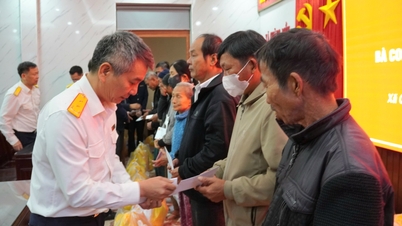

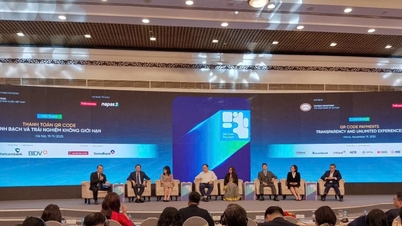

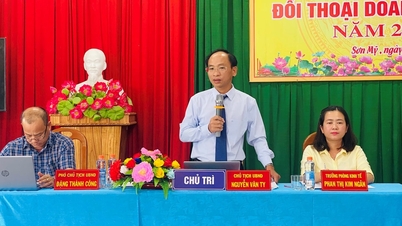

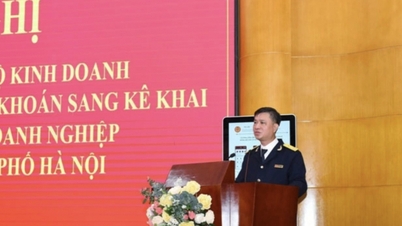

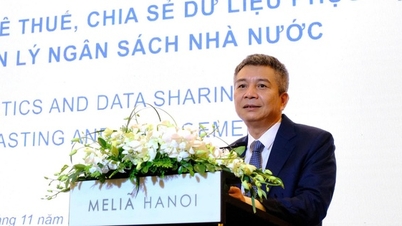



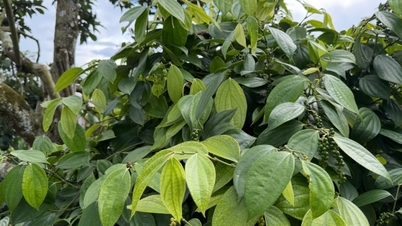


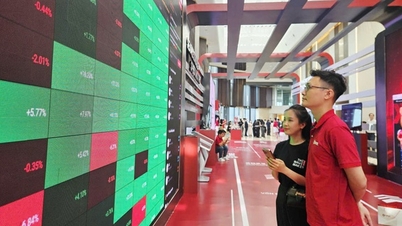


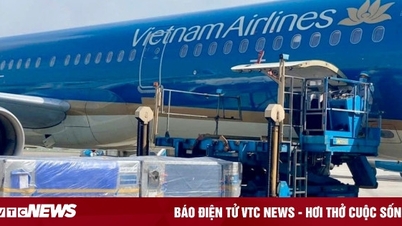








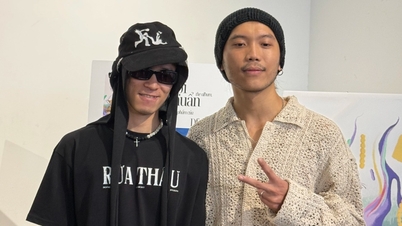
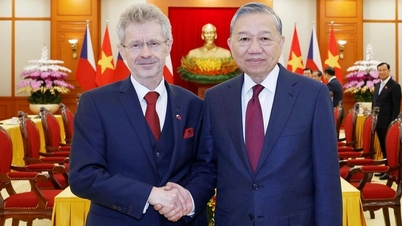














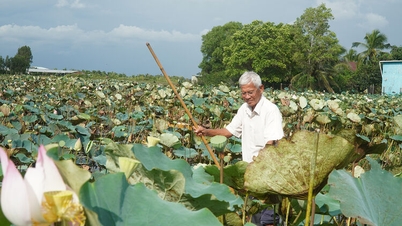

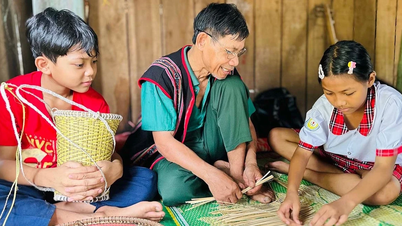










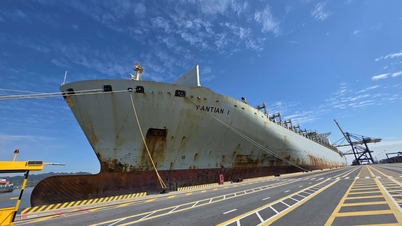




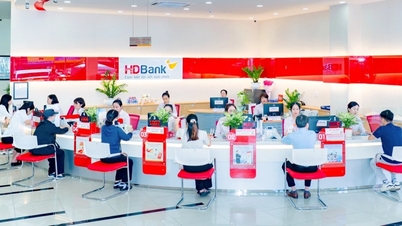






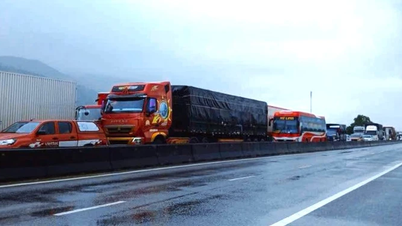


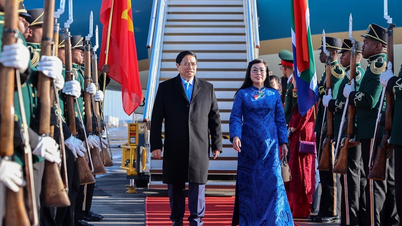

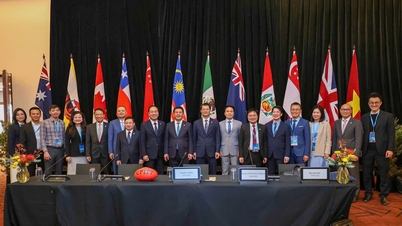



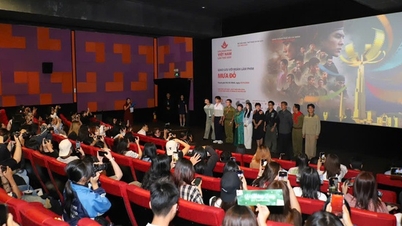



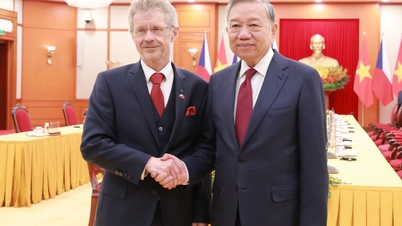

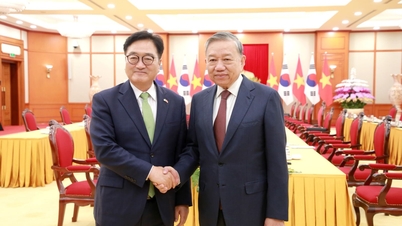



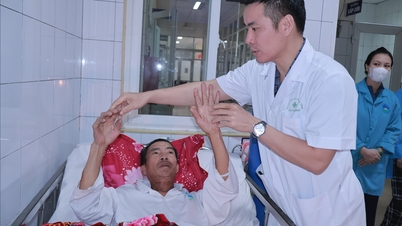


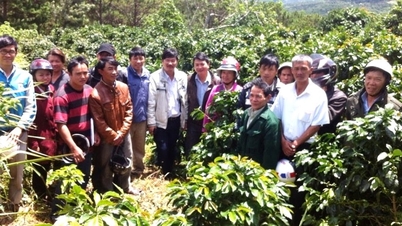













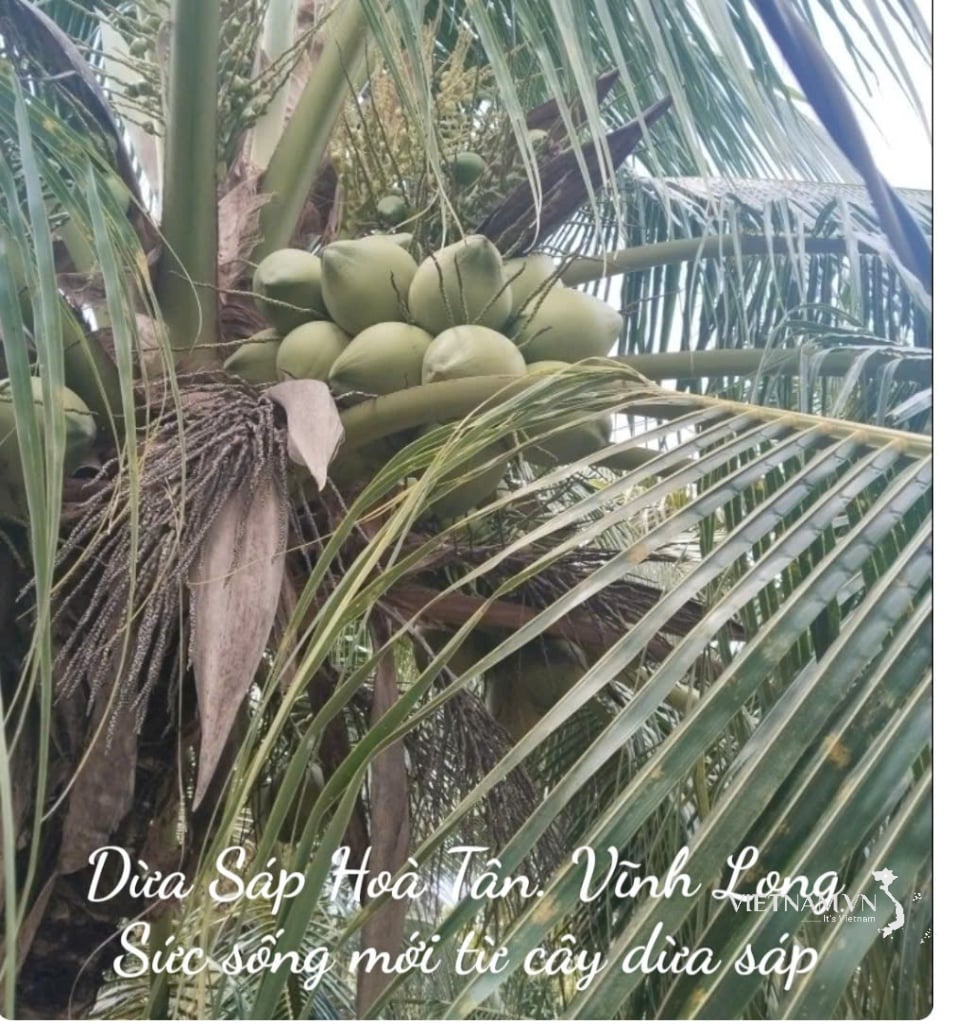


Comment (0)